Honbap Star (서촌막회센타)
14.4Km 2021-03-24
49, Jahamun-ro 1-gil, Jongno-gu, Seoul
+82-10-9018-6349
This is a raw fish restaurant known for its cost-effectiveness. This Korean dishes restaurant is located in Jongno-gu, Seoul. The representative menu is sliced raw small fish.
Ca'del Lupo (까델루뽀)
14.4Km 2020-04-27
5-5, Jahamun-ro 16-gil, Jongno-gu, Seoul
+82-2-734-5233
Ca'del Lupo is an Italian restaurant, closely located to Paris Baguette in Hyoja-dong, Jongno-gu near Gyeongbokgung Palace Station. Though the restaurnat masters delicious homemade Italian cuisine on the inside, the exterior is wholly Korean. This unique combination of Hanok (traditional Korean house) style housing and Western foods is drawing a lot of people to Hyoja-dong. The great mix of both cultures can be seen in the sophisticated decorations and from the amazing food. The herbs they use are picked directly from the restaurant's personal garden. But to enjoy the atmosphere here, you will have to make a reservation far in advance.
Temple Hwagyesa (화계사)
14.4Km 2021-11-15
487, Suyu1-dong, Gangbuk-gu, Seoul-si
+82-2-902-2663
Le temple Hwagyesa, qui relève de l’Ordre Chogye du bouddhisme coréen, est situé au pied du mont Samgaksan à Suyu-dong, Gangbuk-gu, Séoul. Bien qu’il soit situé dans la ville de Séoul, la beauté des montagnes environnantes et des paysages créent une atmosphère sereine pour échapper à la vie urbaine.
Il a été construit dans les premiers styles architecturaux et possède un sanctuaire principal (classé comme patrimoine culturel), le sanctuaire Myeongbu, le pavillon Samsung, le sanctuaire Chulbulobaksungjeon, un pavillon à cloche de temple ainsi que les tours Bohwaru et Haksaru.
Une petite source d’eau du nom de Oktakcheon située dans la vallée (Hwagyegol) à côté du temple Hwagyesa, est connu pour ses pouvoirs surnaturels de guérison des maladies de la peau ou de l’estomac. La légende dit que cette source a été formée à partir des trous faits par les corbeaux picorant les rochers.
Gimjinmoksam (김진목삼)
14.4Km 2021-03-23
51, Jahamun-ro, 1-gil, Jongno-gu, Seoul
+82-2-929-2929
This is a place where the staff directly grills pork that has been certified by Handon. This Korean dishes restaurant is located in Jongno-gu, Seoul. The representative menu is grilled pork shoulder.
Hojil (호질)
14.4Km 2021-03-20
15, Jahamun-ro, 9-gil, Jongno-gu, Seoul
+82-2-764-6822
A good restaurant to visit before and after the tour, being located near Gyeongbokgung Palace, one of the tourist attractions. This restaurant's signature menu is spicy sea snail salad. This Korean dishes restaurant is located in Jongno-gu, Seoul.
Haeunjae [Korea Quality] / 하은재 [한국관광 품질인증/Korea Quality]
14.4Km 2024-12-27
68-10, Jahamun-ro, Jongno-gu, Seoul
Haeunjae (下隱齋), meaning “hermit’s residence,” is a hanok (traditional Korean house) residence located in Seochon Hanok Village, near Gyeongbokgung Station on Seoul Subway Line 3. It is dedicated to the ideal of “movies and rest,” and takes after the characteristic form of modern hanok with a small courtyard. The entire house is rented out at once, with a queen bedroom, kitchen, movie room, and two restrooms. Up to 4 guests can reserve the house, with each additional guest above the standard of 2 having access to additional bedding.
The movie room is furnished with a Bose sound system, beam projector, and screen, along with a mobile foot bath. The kitchen is equipped with a refrigerator, hand drip coffee maker, toaster, electric kettle, and utensils. A 10% discount is available for guests staying for more than 2 nights on weekdays, and towel replacement and cleaning services are offered for guests staying for more than 3 nights.
The residence is located close to tourist sites like Tongin Market, Gyeongbokgung and Changdeokgung Palaces, and Samcheong-dong area.
Velvet Moon (벨벳문)
14.5Km 2021-03-26
39, Jahamun-ro 5-gil, Jongno-gu, Seoul
+82-10-4028-9957
This coffee shop roasts coffee beans directly. This Korean dishes restaurant is located in Jongno-gu, Seoul. The most famous menu is espresso.
Irilju (일일주(日日酒))
14.5Km 2021-03-30
4, Sajik-ro 8-gil, Jongno-gu, Seoul
+82-2-738-1717
It is a delicious restaurant in Gwanghwamun with a good atmosphere. This Japanese (cuisine) restaurant is located in Jongno-gu, Seoul. The representative menu is salmon sashimi.
Sajo Tuna (사조참치)
14.5Km 2020-04-16
107-39, Tongil-ro, Seodaemun-gu, Seoul
+82-2-364-9838
Sajo Tuna is the perfect restaurant for tuna lovers. It serves fresh tuna served in varied styles to visitors. Chamdarangeo (bluefin tuna) Special Menu consists of the highest-grade tuna cuts along with unique decorations. Also, the standard menu includes gamasal gui (grilled tuna kama), braised tuna head, grilled tuna, and pan-fried tuna. In-house alcoholic drinks such as baengnyeoncho ju (perilla seed and prickly pear liquor) and insam sansuyu ju (ginseng and cornelian cherry liquor) are offered, making this restaurant more outstanding.
Cimetière national de Séoul (국립서울현충원)
14.5Km 2020-08-04
210, Hyeonchung-ro, Dongjak-gu, Seoul-si
+82-2-813-9625
L’arrière du cimetière national de Séoul est bordé par les mystérieuses crêtes de Dong Jak qui mènent au mont Gong Jak et forment les contreforts du mont Gwan Ak. Sur sa partie avant, le cimetière surplombe les méandres de la rivière Han. Le cimetière national de Séoul se trouve sur une portion de terrain d’une surface d’environ 1 430 000 m². Il abrite les restes de 165 000 martyres et soldats, policiers et forces de réserve morts pour la patrie. La tour commémorative contient les tablettes funéraires de quelque 104 000 soldats disparus dont on n’a jamais retrouvé les corps, de même que les restes de 7 000 soldats inconnus morts pendant la guerre de Corée. Les restes de 54 000 patriotes martyrs ont été enterrés dans le cimetière. Celui-ci est divisé en sections pour les soldats, les officiers de police, les citoyens méritats et les grandes figures du gouvernement provisoire. Le cimetière dispose d’une porte commémorative, d’une tour commémorative, d’une tour de la fontaine Chungseong, d’un terrain sacré, d’une exposition de photographies, d’une salle de projection pour films éducatifs et d’une exposition de reliques. En 1955, le cimetière a été créé en tant que cimetière militaire national, et s’est élevé au statut de cimetière national en 1965. Le nom de l’ancien « bureau d’administration du cimetière national » est devenu le « conseil commémoratif national » en 1996. Chaque année au 6 juin, des cérémonies commémoratives sont organisées au cimetière national de Séoul.
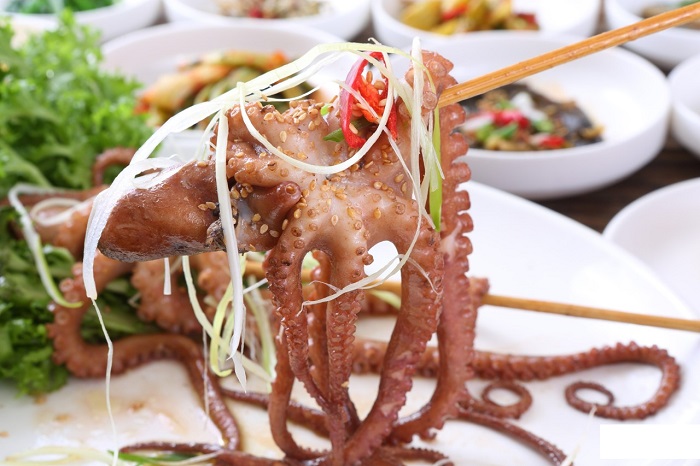
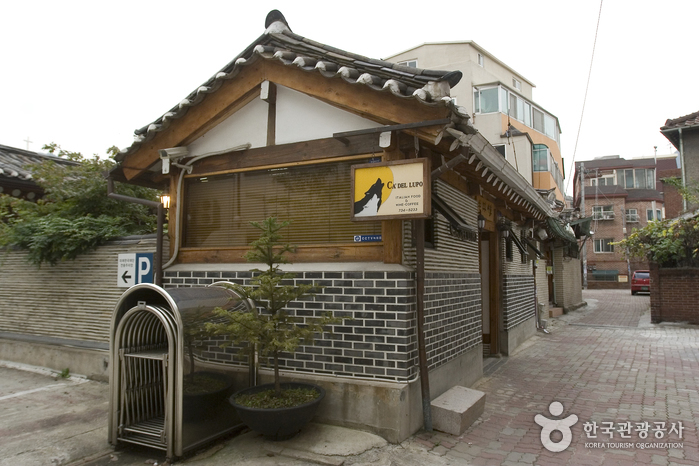
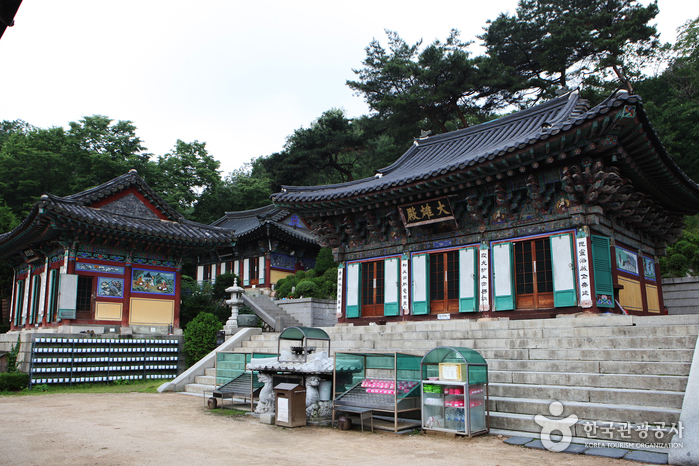
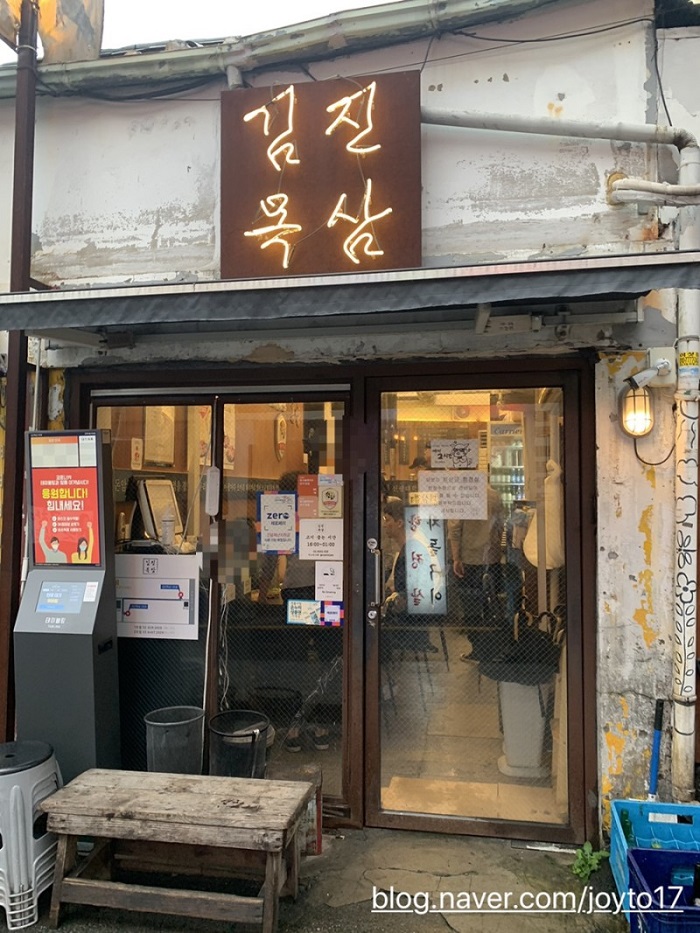
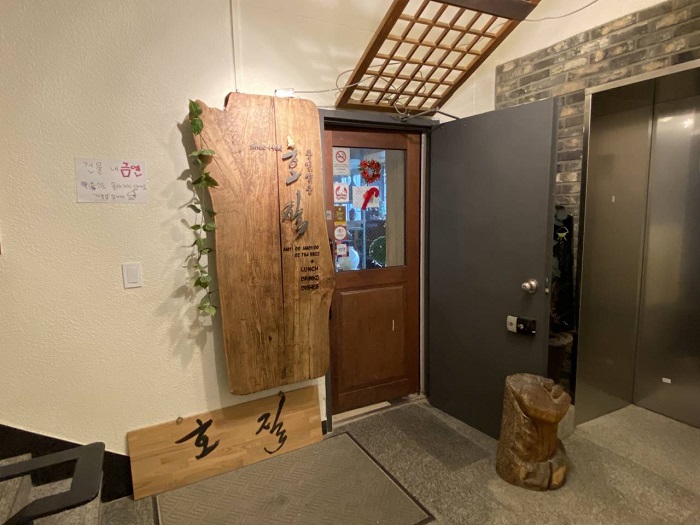
![Haeunjae [Korea Quality] / 하은재 [한국관광 품질인증/Korea Quality]](http://tong.visitkorea.or.kr/cms/resource/88/2707588_image2_1.jpg)
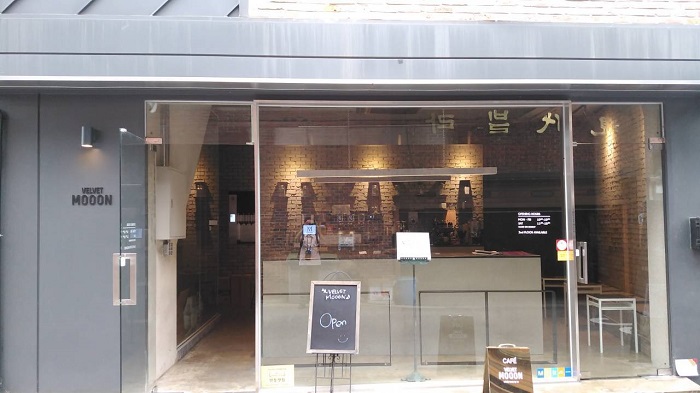
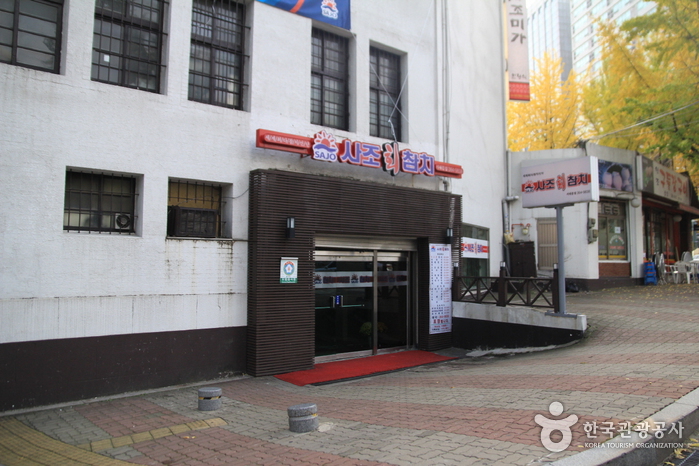
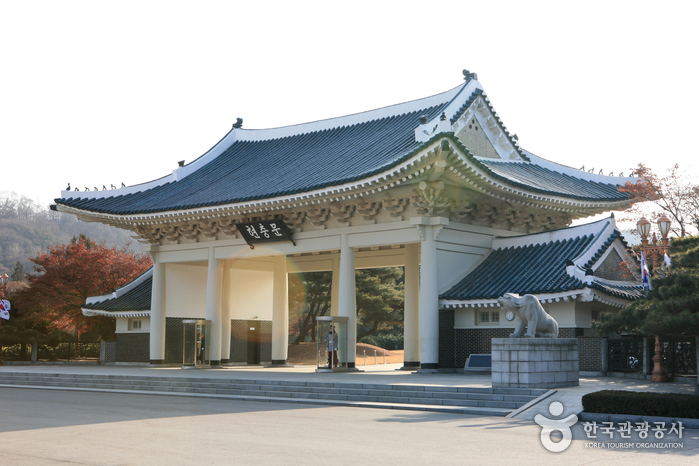
 Français
Français
 한국어
한국어 English
English 日本語
日本語 中文(简体)
中文(简体) Deutsch
Deutsch Español
Español Русский
Русский